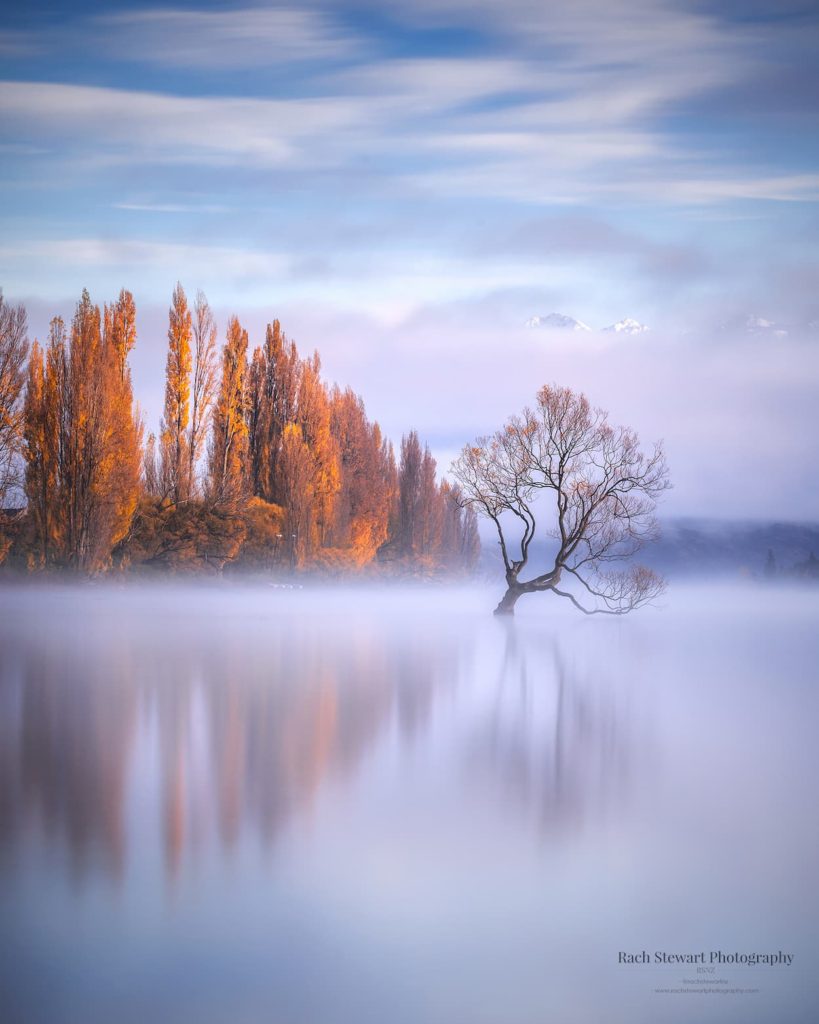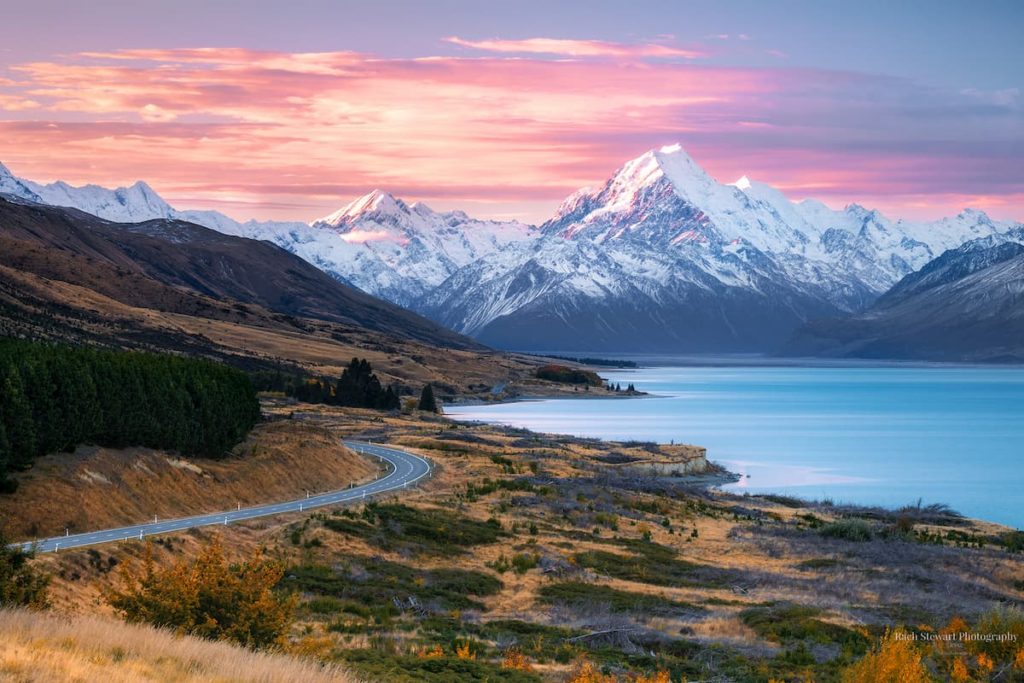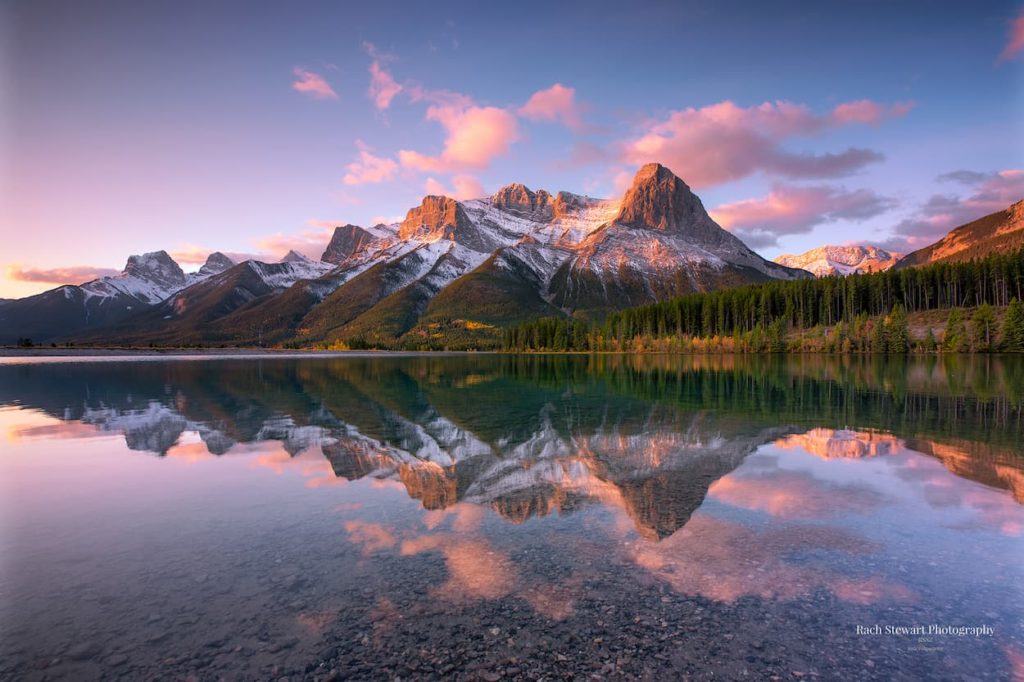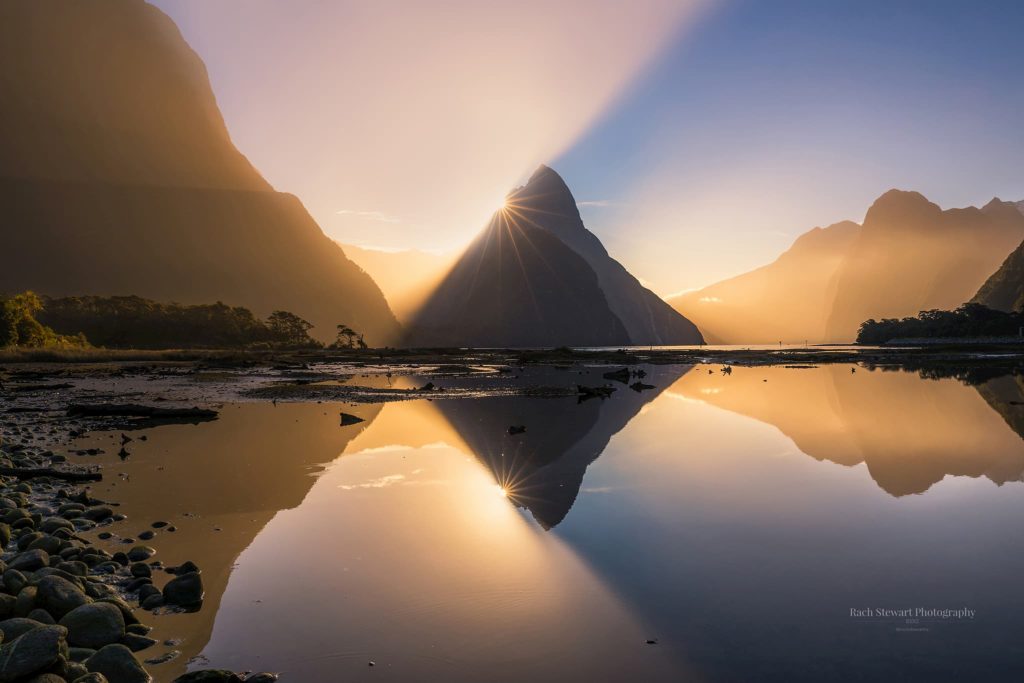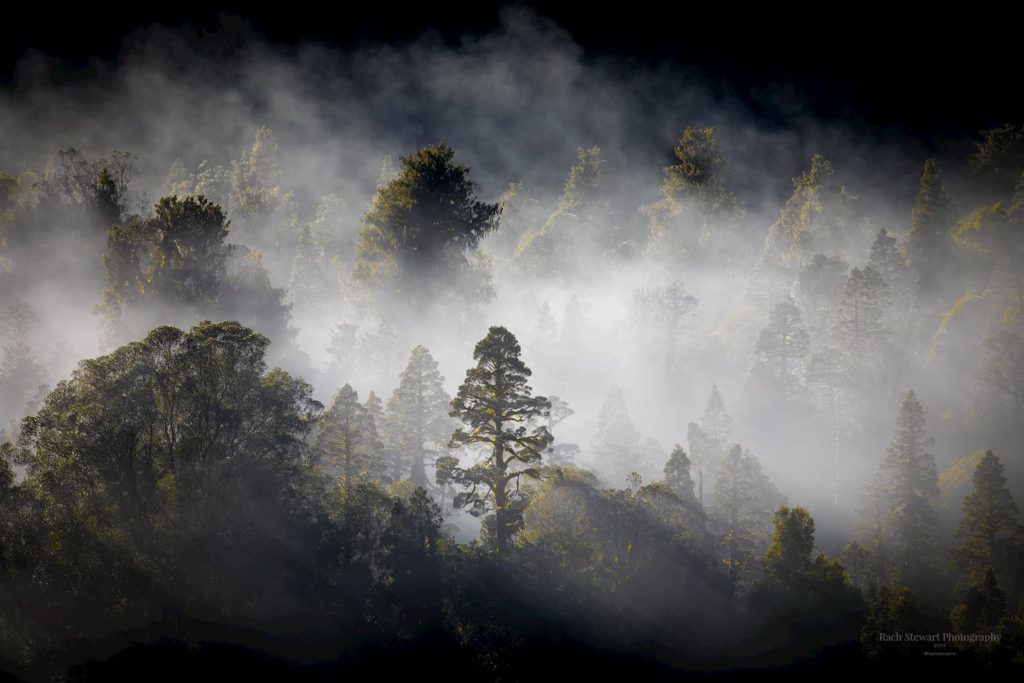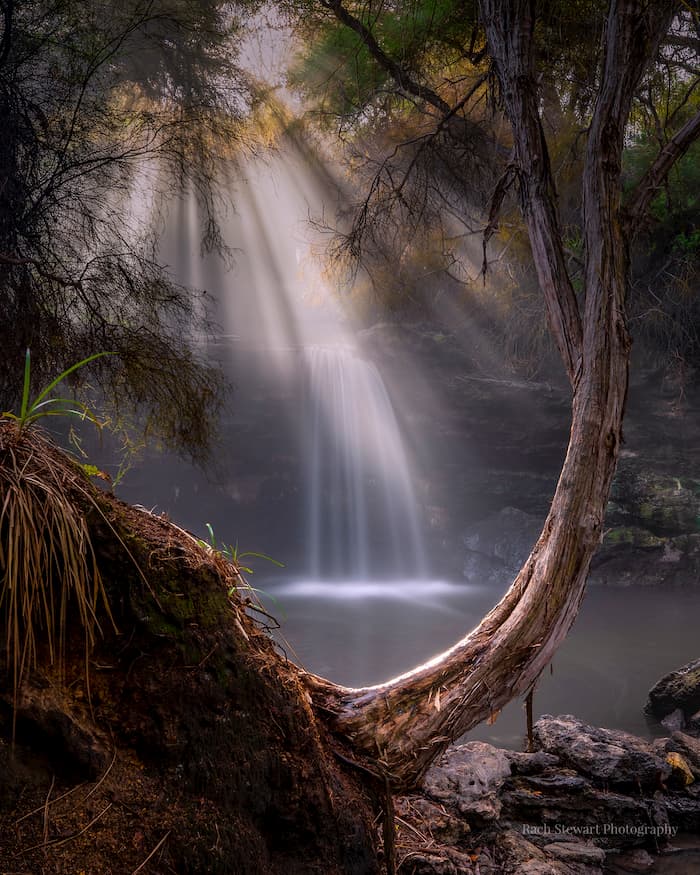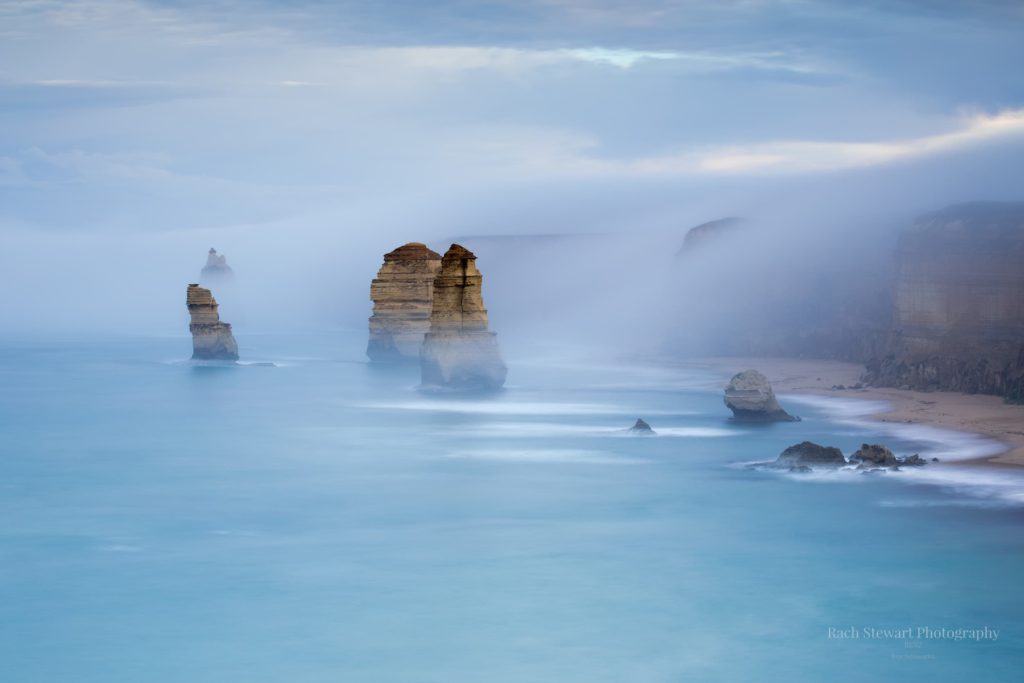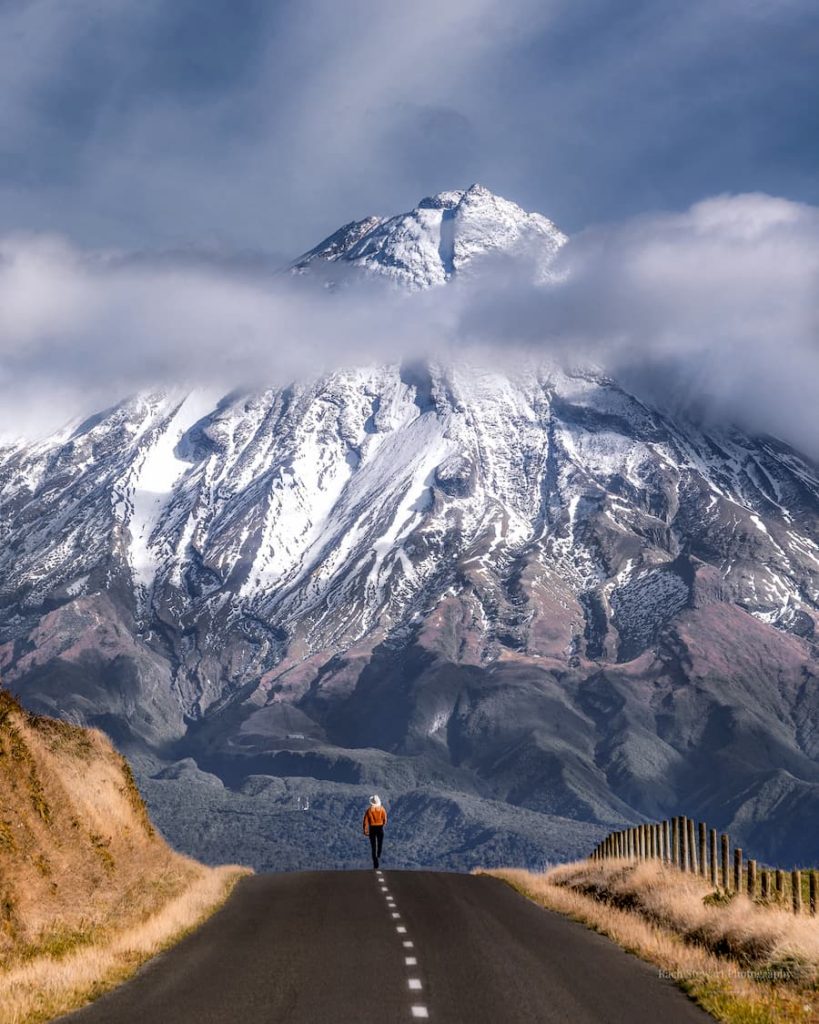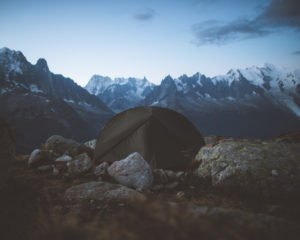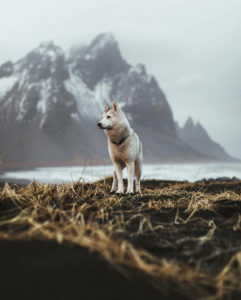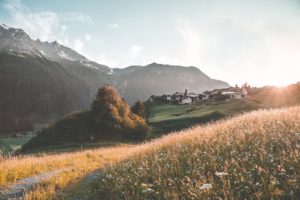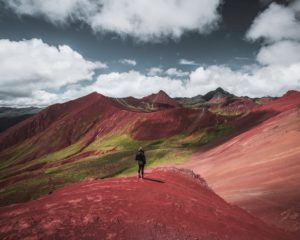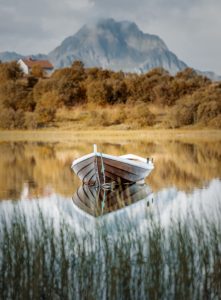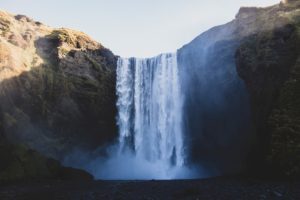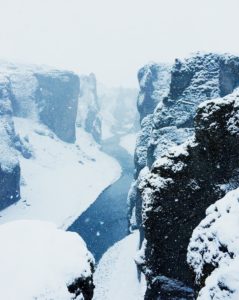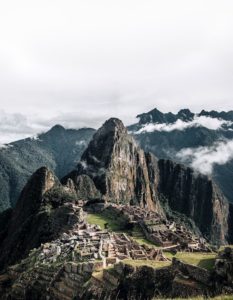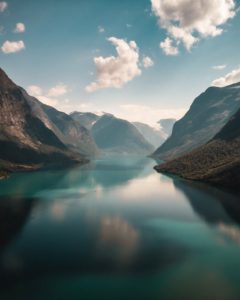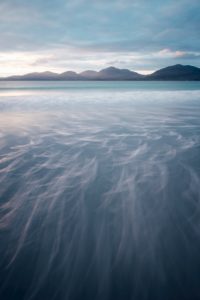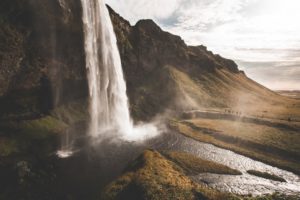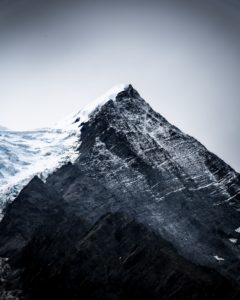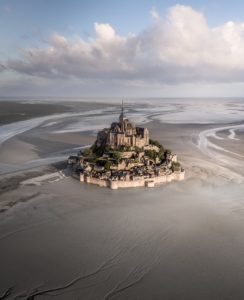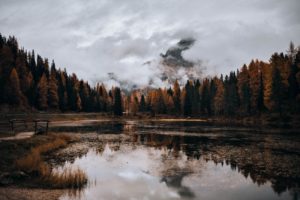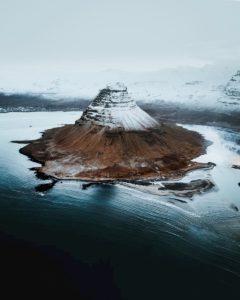
Rach Stewart
@rachstewartnz
Landscape photographer based in New Zealand
Introducing Rach Stewart
Rach Stewart was born and raised in New Zealand. After having her second baby, the circumstances led her to seek another creative outlet and she got to explore her dear homeland with totally different eyes. Simply starting to capture moments she enjoyed with her iPhone, this quickly turned into something she really loved, and something promising above all. Seven years later, she dedicates herself fully to photography, gives photography workshops in NZ and above all tells powerful messages with her images.
Rach has always been a fighter for the planet and the natural world, “I remember becoming a member of WWF when I was 7 years old; I adopted a dolphin. And that was just the start of my involvement in various campaigns throughout my teenage years.” Nowadays, Rach knows how to leverage the educational power of photography through her imagery and organizes her trips around the idea of ‘helpful traveling’, making sure to have a positive impact, knowing the culture of a country and supporting indigenous communities.
Her photography is characterized by the use of long exposure, a method that intrigued her right from the beginning; “I loved the dreamy effect that long exposures created with what would normally be a static representation of a scene as it was.” The soft look is what she continuously tries to achieve. There are many ways to edit your photos, and none of them is the best. Rach said that “comparing yourself with others comes with the territory, but managing it is where you will become a winner.” It is important to believe in your vision and what you create, despite the mind battle that comes with it.
This aspect is almost fundamental for everything else needed to put yourself out there and make from your passion a profession. When staying true to yourself, it is much easier to pitch yourself to brands and build meaningful relationships. Rach also recommends to make yourself seen online through social media and use of SEO with your photography and for example blogs about your personal experiences.
Rach took the time and shared with us her wonderful story, valuable tips and inspiring vision about the human connection with nature. Read the complete interview below!
Interview
Welcome Rach!
You have been shooting for more than 7 years now. At the beginning as a hobby photographer and now full time; it is really inspiring to see how your photography has evolved. Going through your Instagram, we can clearly see a huge step in your photography about 3-4 years ago. Can you tell us how you got into photography in the first place and what led you to dedicate yourself more seriously to landscape photography?
Hi there! Thanks so much for having me.
Well it all started for me after I had my second baby. I was unable to go back to my original employment which had a huge creative element to it, so I was left with a hole in my creative side and needed to fill it. I started taking snaps on my iphone as I walked the beach at sunset, and loved the fact that I could capture a beautiful moment in time and reflect back on it. Things progressed and I bought my first DSLR (second hand), a Canon 650D. This opened up a whole new world to me… I threw myself into manual mode, Youtube tutorials, and learnt how to use my camera and started to find my own style to help make my landscape pictures stand out from the crowd. Once my work started getting noticed on social media I knew this was possibly more than just a hobby. I just went with what came my way: small jobs, tourism boards, licensing images, and eventually things got bigger and it became what it is today.
On your website is written: “I am inspired by landscapes, and love to travel to new places, exploring the unknown and finding the all-important elements that connect humans with nature.” What, for you, are these all important elements that connect human with nature? What makes you personally feel connected to nature and how does it contribute to your wellbeing?
These are the moments where you feel most connected with nature. For me it is so many different things. It could be the moment the sun rises over the horizon, the time the sky lights up all shades of pink and purple as the sun paints its magic, standing on top of a mountain looking at mother nature’s creation, surfing my home break all on my own and feeling that rush from the ocean. It could be underwater capturing sea creatures going about their day… oblivious to the world above. It’s just so many different elements and moments that occur daily. More so those ones that go straight to my heart and make me appreciate this world we are lucky enough to live in.
Without my time with nature, I would not be the person I am today. It has saved me from the hard times, and filled me with happiness.
You said: “My use of long exposure photography in my images is a style I love and perhaps signifies my content as being my own. It is a method of photography I was intrigued by right from the beginning, and always keeps me trying to perfect my art.” What is the reason this technique intrigued you from the beginning and how did you go about developing your style and skill using this technique?
I absolutely loved the dreamy effect that long exposures created with what would normally be a static representation of a scene as it was. Because long exposures are essentially recording a moment over time, it can change a scene in such a dramatic way, without using photoshop or altering a photograph too much in post processing.
What is the photo you are most proud of using this technique and what makes this photo so special to you? Can you explain how you tried to convey the emotions you felt taking the photo through the editing?
This shot from Lake Mackenzie would have to be one of my favourites. It look a lot of effort getting to this spot; hiking in torrential rain on one of New Zealand’s Great Walks, The Routeburn. This was the only location I really wanted to get a photo from, and it turned out that this was the only time it stopped raining on our entire 3 day trek and mother nature allowed me to get a beautiful photo. I used long exposure in this shot to smooth out that dreamy looking low cloud that was slowly moving across the mountain, and to make the reflection crisp. Without the long exposure, this photo would look quite different.
I wanted people to look at the shot and imagine themselves there… sitting… waiting…watching the scene evolve in front of them… which is exactly what I did. Through editing, I softened the edges and brought out the colour to try and draw the view into the image.
If there is someone in New Zealand that can surprise their guests it is you! Which are your top 4 photography spots in New Zealand? How do you keep finding new locations and how do you keep finding innovative compositions in locations you are already very familiar with?
Haha I try!
My top 4 photography spots would have to be:
Tasman Lake, Aoraki Mount Cook
Milford Sound, Fiordland
Lake Matheson, West Coast
Tongariro National Park
I am always on the lookout for new locations, whether it be through reading, hiking magazines, looking online (platforms like Instagram provide a lot of inspiration), searching on Google Earth, word of mouth from locals, searching through old books.
Finding and pre-planning new compositions can be tricky as you really need to be on the scene and looking at what’s in front of you, to see what works. I am always looking for an interesting foreground or a main focal point. That could be a mountain, tree, lake, surf break… something that is going to catch the viewer’s eye and also be a place for them to rest in the image. If I can’t locate an interesting foreground I will try to find a leading line, or something to frame the image.
Finding new compositions in familiar places can also be quite a hard task, but enough scouting can usually yield something new and different. If I am returning to a location that I have been many times before, I will try and explore the parts of the area I haven’t previously taken a look at, and use the above elements to see if a shot will work. Usually images are shot from the same place for a very good reason, they are the best composition for that scene. But it is always nice to come up with something new that will excite the viewers.
Sharing knowledge and values through imagery and the educational power of photography is an intangible aspect that can’t be underestimated though is easily overlooked. What is it that you try to share with the world through your photography?
I feel like I have always been a fighter for the planet, our natural world. I remember becoming a member of WWF when I was just 7 years old; I adopted a dolphin and that’s where it all started for me. I was involved in various campaigns as a teenager through Saving the Whales with Sea Shepherd and trying to end Bottom Trawling in New Zealand waters. Through my imagery I want people to realise how lucky we are that we get to experience nature for our own pleasure. And that we shouldn’t take it for granted. The natural world needs our help so desperately. Humans have taken so much – we need to give back and provide protection. I try to share my views as best I can through my photography, while putting into action changes in the real world and in my life.
Related to the previous questions, in one of your highlighted stories you speak about a documentary from @kathmandugear which discusses the way we travel. What kind of traveler are you? And how do you feel about what they discuss in the documentary, traveling being helpful or harmful for certain countries and in particular local people and (indigenous) communities?
Yes this was a campaign I was very proud to work with as it spoke to my heart. I have seen with my own eyes the impact social media has had on the way we travel, the environment, and cultures of the world. And I am very aware that I have direct involvement in promoting travel through social media. Some really good things come out of social media regarding travel, but there is a lot of harmful factors also. I have watched the fragile ecosystem in New Zealand become damaged from people jumping fences, crossing barriers, and going off track to ‘get the shot’. The documentary talks about how important it is to research culture before you go to a new country, especially customs of indigenous people. This is so important, because it is these customs and way of living that belong to the land, well before any other settlers were present.
The documentary is super informative and showcases ways on how we can all be better travellers. It also asks , what kind of traveller are you? Helpful, or Harmful. If you have the change I highly recommend you watch the documentaries. They are short, and all make us better travellers.
You organize photography workshop with two of your friends, touching upon different topics and showing the best places in New Zealand. How is it for you to teach your passion to other photographers, in your beloved home country and together with friends? What do you want the participants take away from your workshop in particular?
Oh it really is the dream. @purephotoadventures.nz is a culmination of going through the hard yards, learning from mistakes, finding my own path, to then being able to teach people the good things I have gathered on my journey and ultimately help them on theirs. The fact that I get to do this for a job is just a bonus. With 2 of my great friends at that! The reason we started these tours was because the three of us had all this knowledge just sitting there doing nothing. We all felt it was time to share our expertise with others, and show off our incredible little country at the same time. We are so proud of what our business has become and we can’t wait to get back out there again.
Especially when starting out, but still when having a more professional foundation and brand already, it is hard to sell yourself and to not always compare your work to others, putting yourself down. How did you learn to believe in yourself as a visual creator?
Unfortunately I think comparing yourself with others just comes with the territory, but managing it is where you will become a winner. It really is a bit of a mind battle, but you truly just have to concentrate on yourself and believe in your work. Trust that people love your work for what it is, and that you don’t need to change because maybe a few people have a different opinion. You have to stick to your beliefs, your vision, and what you are trying to create. Try not to let other people’s views, or what’s on trend, or pressure from social media, get in the way of your path.
Selling myself has always been a little uncomfortable for me. It is just who I am, and is a bit of a trait being a kiwi. We are not so great at tooting our own horn. But if anything, I would say to try push through those barriers and insecurities, and just go out there confident, pitch yourself as the people who love you do. This is advice I am trying to adhere to more and when you come out confident, others will see and recognise it too.
Would you like content like this sent to your inbox?
Nowadays we see so many young talented artists pursuing a career as a full time travel/landscape photographer. What four strategies allowed you to reach your goals in landscape photography?
Building your portfolio: I had to (and wanted to) get out there and build my portfolio as often as I could. This meant that as time went by, I had new and different material often, and was able to keep my audience interested. It also meant that I was able to start putting my work on my website into galleries, and had enough content to start selling prints. The more you get out there and take photos, the more chance you have of creating a beautiful image that someone might like for their wall or a company might like for their website etc.
Make sure you are seen: I made sure I had good SEO on my website and all the images I have online. Use those tooltips and descriptions so Google can find you. If you’re asked to do an interview, it’s a great opportunity to sell yourself and also get link backs to your website and social media profiles. Stay active on your social media profiles and use hashtags when you can. Blog writing can be a great way to attract viewers to your website and your work.
Pitch to clients and build good working relationships: I still work with most of the companies that hired me when I first started out… and I think that is such an important thing to keep hold of. If you create trusted relationships with your clients, then they will come back for more. I have met some amazing companies over the last few years that are incredible to work with and I really appreciate our working relationship.
Pitching to clients is an important way to get your name out there and have some experience behind you for the bigger jobs. I started off doing smaller contracts which eventually led to bigger projects and some dream assignments. It is helpful to have a media deck that you can email with your pitch so clients can visually see your work and stats etc.
Believe in your work: I touched on this above, but if you believe in your abilities and your vision, others will too.
We are sure that the COVID-19 has influenced your plans and projects. What future projects have you planned or do you have in mind that you still want to realize?
Yes like almost all photographers and the like, Covid has affected a lot of projects I had planned. Having said that, I am so stoked to share that @purephotoadventures.nz has just released our New Zealand Spring Tour taking place at the end of November 2020. We were hugely disappointed when we had to postpone our Autumn and Winter Tours, but with New Zealand having controlled Covid 19 and our restrictions lifted (except border control), we can run a tour, and it happens to be our most popular one! We are also deep in the planning stages of our New Zealand 2021 tours, which will be released very soon. For more info please visit our website.
Most of my other plans are just personal trips to capture new photos and to do some exploring. I have a couple of South Island winter trips planned which I am looking forward to. I always like to travel to the mountains when the snow arrives to experience those winter wonderland scenes at their finest. I’m also gathering shots for my yearly calendar which will be released late September for the 2021 year. Keep an eye out for that!
Thanks for having me 🙂
